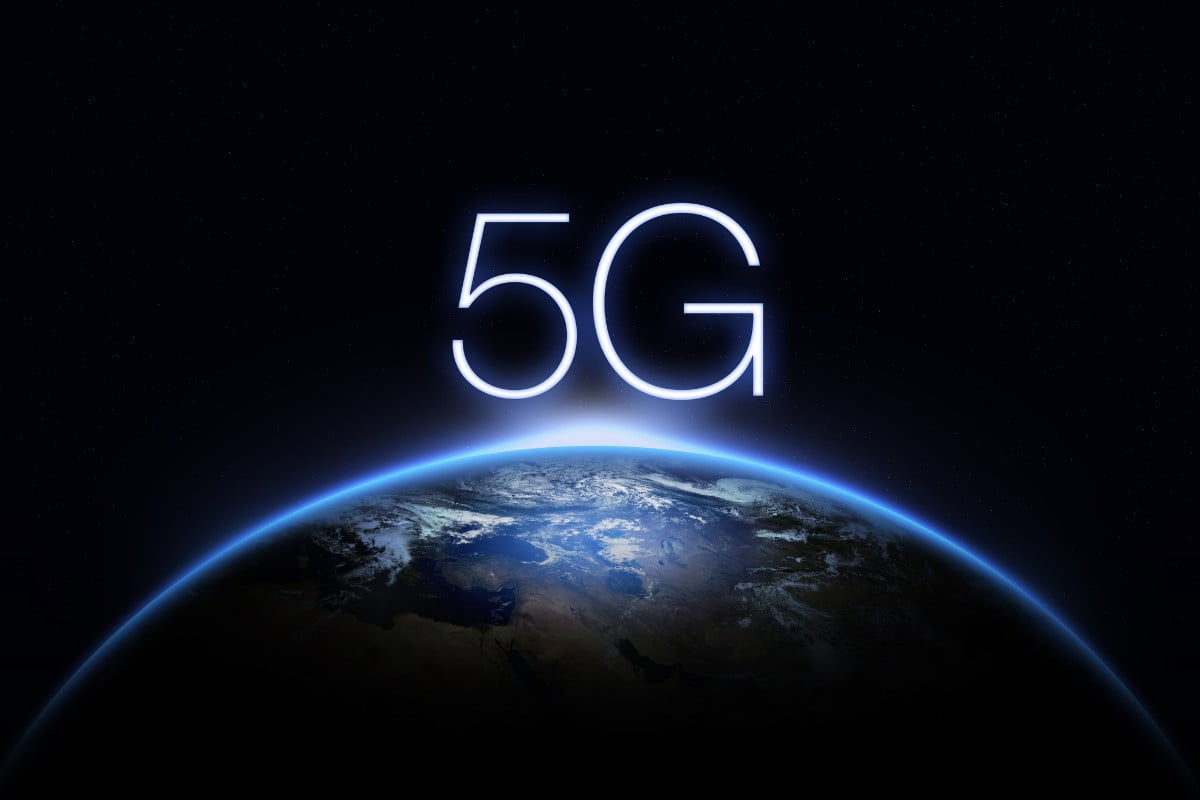5G spectrum auctions aren’t too far from here, as the Telecom Regulatory Authority of India (TRAI) has already come out with recommendations for the same. But there’s one problem that the Indian government and the telecom sector collectively need to address. The number of telecom towers fiberised at the moment is too low. According to Mr T.R. Dua, Director General, Digital Infrastructure Providers Association (DIPA), fiberisation would play a key role in getting India ready for 5G. The backhaul of 5G networks would demand more data capacity, which can be achieved via fiberisation of the mobile towers. With 3G and 4G, 200 Mbps capacity per tower was sufficient. But with 5G, this would go up to 5 Gbps per tower site, said Dua.
India Needs to be Ready With the 5G Infrastructure
The National Broadband Mission launched in December 2019 envisions 70% of the telecom towers to be fiberised by the year 2024. An E&Y report had suggested that it would require a capex of around Rs 45,000 crore to achieve a 70% fiberisation rate by 2024. Currently, around 33% of the telecom towers are only fiberised. This number needs to go up soon to ensure that a successful 5G rollout can take place for the telcos. Amongst the total of 23,07,068 base transceiver stations (BTS), only 7,93,551 towers are fiberised at the moment. Even some of the big states such as cities and states such as Delhi, Bihar, Uttar Pradesh and more have very low percentages of fiberised towers which is not a good thing. Fiberisation would also help the telecom operators in offering better 4G speeds to the customers because of the added capacity. This might result in reduced network congestion. The telecom sector and the Indian government needs to work hand in hand to ensure this happens. The DoT (Department of Telecommunications) is also working on a new unified policy on the right of way (RoW) rules for all states.
